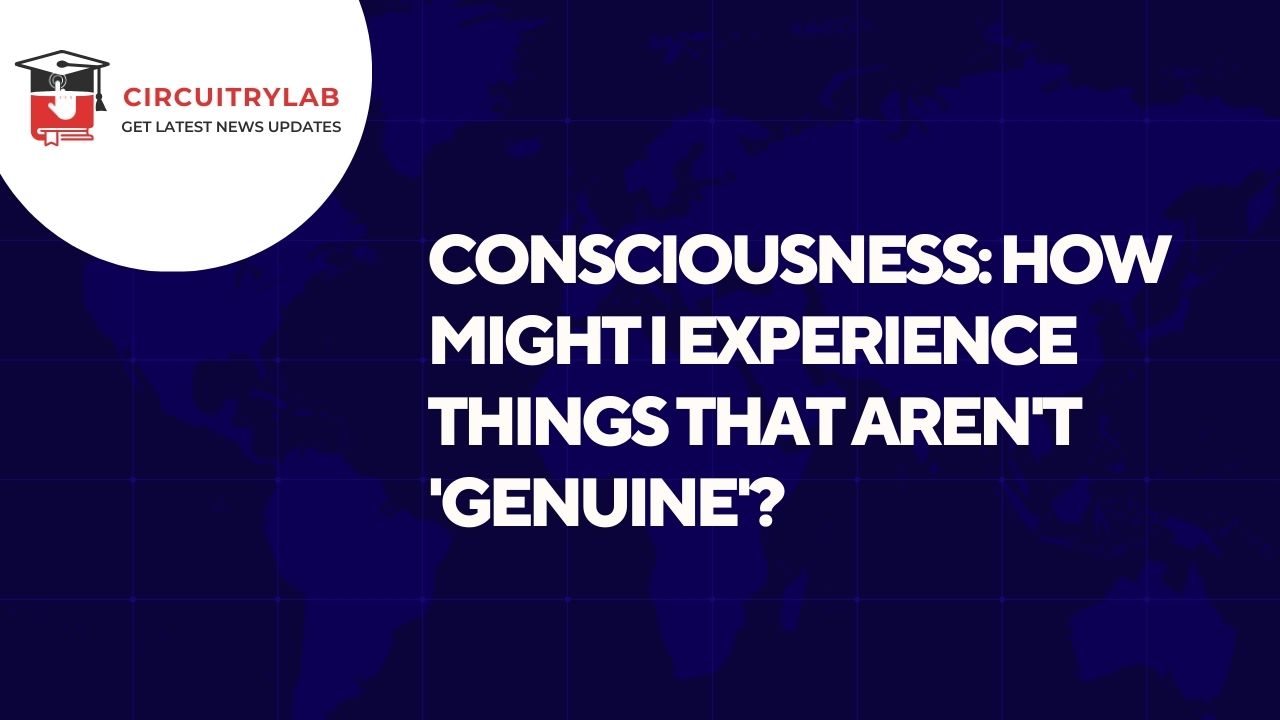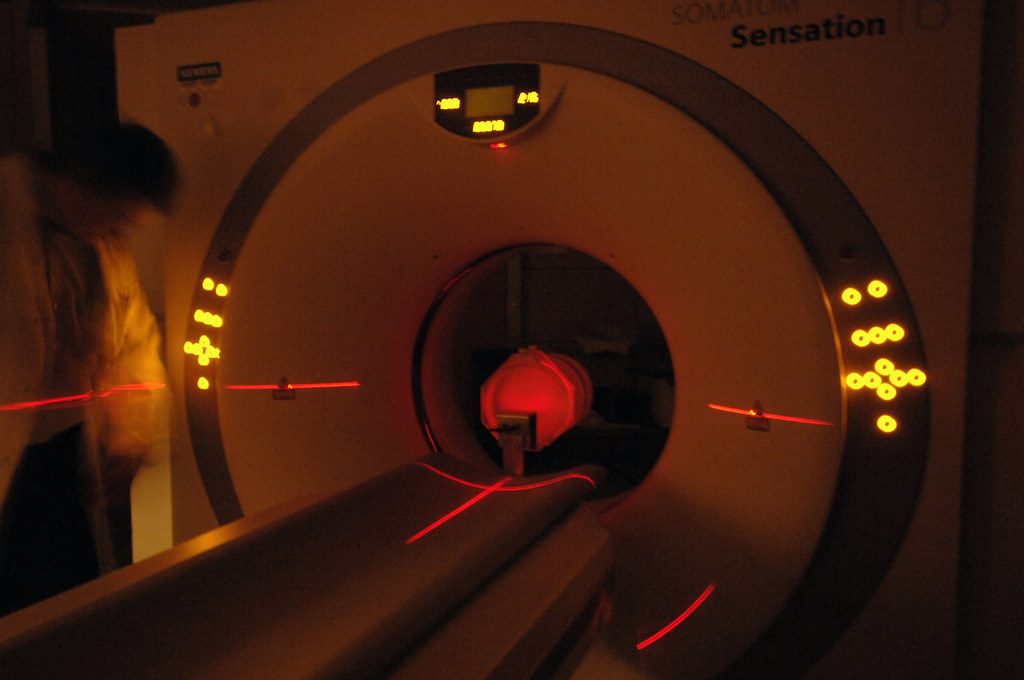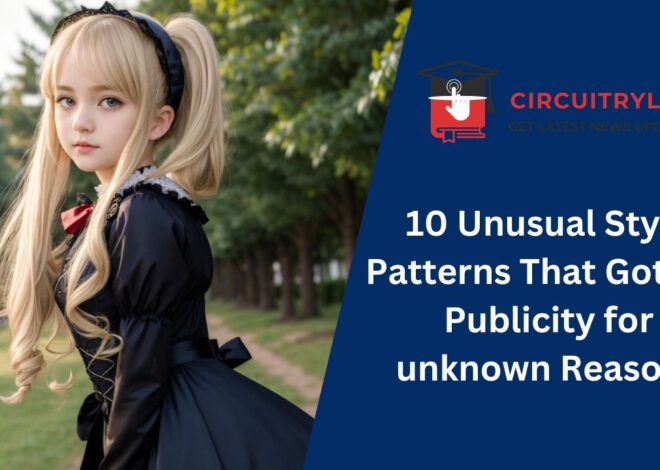
Consciousness: how might I experience things that aren’t ‘genuine’?
What’s happening in your mind at the present time? Probably you’re having a visual encounter of these words before you. Perhaps you can hear the sound of traffic out yonder or a child crying in the level nearby. Maybe you’re feeling somewhat drained and occupied, battling to concentrate on the words on the page. Or on the other hand perhaps you’re feeling thrilled at the possibility of an edifying read. Pause for a minute to take care of what it resembles to be you at this moment. These two accounts of what’s happening inside your head appear to be totally different. By what method can the two of them be valid simultaneously? How would we accommodate what we think about ourselves from within with what science educates us regarding our body and cerebrum all things considered? This is the thing that thinkers have generally called the psyche body issue. Also, there are answers for it that doesn’t expect you to acknowledge that there are discrete universes.
Phantom in the machine
Likely the most famous answer for the psyche body issue truly is dualism: the conviction that the human brain is non-physical, outside of the physical functions of the body and the cerebrum. As indicated by this view, your emotions and encounters aren’t carefully talking in your mind by any means – rather they exist inside an unimportant soul, particular from, albeit firmly associated with, your cerebrum. Dualism takes into account the chance of eternal life: we know the body and the mind rot, yet maybe the spirit lives on when the body kicks the bucket, similarly as an automaton pilot lives on if his automaton is killed. It is additionally maybe the most regular path for individuals to consider the body-mind relationship. The difficulty is that dualism doesn’t fit well with the discoveries of current science. In spite of the fact that dualists think the psyche and the mind are particular, they accept there is a cozy causal connection between the two. On the off chance that the spirit settles on a choice to raise an arm, this by one way or another figures out how to impact the mind and in this way set off a causal chain which will bring about the arm going up. Maybe a dualist could keep up that the spirit works at a few places in the cerebrum. All things considered, you’d think we’d have the option to watch these approaching signs showing up in the mind from the insignificant soul, similarly as we can see in an automaton where the radio signs sent by the pilot show up. Lamentably, this isn’t what we find. Envision we found what we thought was an automaton; however upon resulting assessment we found that everything the automaton did was brought about by forms inside it. We would infer this was not being constrained by some outer “puppeteer” however by the physical procedures inside it. At the end of the day, we would have found not an automaton but rather a robot. Numerous savants and researchers are slanted to reach similar inferences about the human cerebrum.

Am I my cerebrum?
Among contemporary researchers and thinkers, the most well-known answer for the brain body issue is likely realism. Realists try to clarify sentiments and encounters regarding the science of the mind. It is comprehensively concurred that no one has even an inkling up ’til now how to do it, however many are sure that we one day will. This certainty presumably emerges from the feeling that realism is the deductively legitimate alternative. The accomplishment of science in the previous 500 years is after all staggering. This gives individuals certainty that we simply need to plug away with our standard techniques for examining the mind, and one day we’ll illuminate the puzzle. Galileo got around this issue by embracing a type of dualism, as indicated by which the characteristics of awareness existed distinctly in the ethereal “liveliness” of the body, as opposed to in the fundamental issue that is the correct focal point of physical science. Just once Galileo had found awareness outside of the domain of science, was numerical science conceivable.
Is awareness Key?
Realists attempt to decrease awareness to issue. We have investigated a few issues with that approach. Shouldn’t something be said about doing it the reverse way around – can matter be diminished to cognizance? This carries us to the third alternative: vision. Dreamers accept that cognizance is such exists at the key degree of the real world. Verifiably, numerous types of vision held that the physical world is a figment, or a development produced from our own personalities. Vision isn’t without its issues either. Realists put matter at the premise of everything, and afterward have a test understanding where cognizance originates from. Optimists put awareness at the premise of everything, except then have a test clarifying where matter originates from. On the off chance that material science doesn’t mention to us what fields and particles are, at that point this opens up the likelihood that they may be types of cognizance. This methodology, known as panpsychism, permits us to hold that both physical issue and awareness are central. This is on the grounds that, as indicated by panpsychism, particles and fields essentially are types of awareness. At the degree of fundamental material science, we find extremely basic types of awareness. Maybe quarks, key particles that help make up the nuclear core, have some level of cognizance. These exceptionally straightforward types of awareness could then consolidate to shape extremely complex types of cognizance, including the awareness appreciated by people and different creatures. Panpsychism is a significant radical reexamine of our image of the universe. In any case, it seems to accomplish what different arrangements can’t. It offers us an approach to consolidate what we think about ourselves from within and what science enlightens us regarding our bodies and the minds all things considered, a method of getting matter and cognizance as cut out of the same cloth. Regardless of whether we can tackle the brain body issue, this can never disperse the marvel of human awareness. On such issues, the thinker is no counterpart for the artist.













